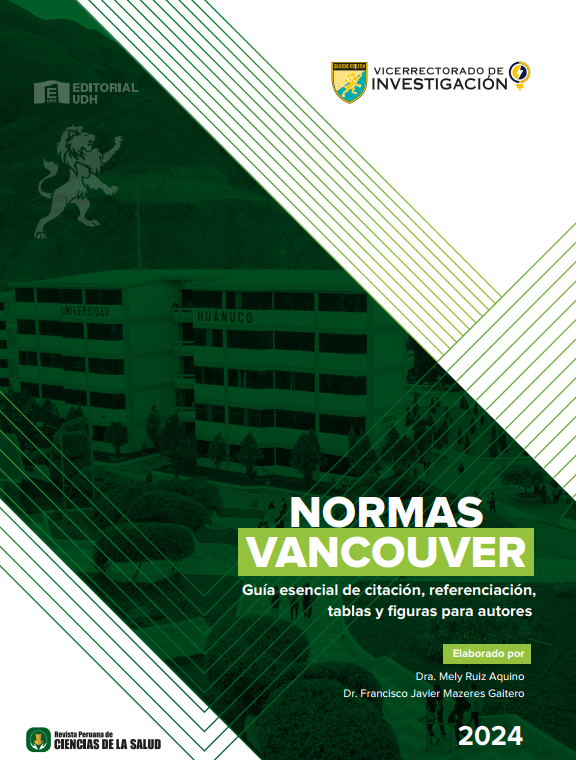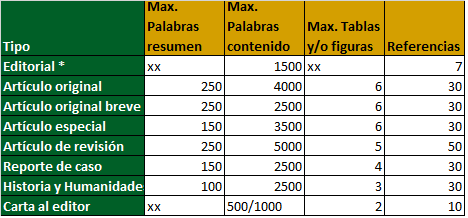Concentración y periodicidad en el control del crecimiento y desarrollo del niño menor de un año
DOI:
https://doi.org/10.37711/rpcs.2019.1.1.2Palabras clave:
infante, recién nacido, Niño, Infantil, Recopilación de datos, Diseño de la investigación, Fenómenos biológicos, Metas, Crecimiento y desarrolloResumen
Objetivo. Analizar la relación entre la concentración y la periodicidad del control y el perfil de crecimiento y desarrollo del niño. Métodos. Se ha realizado un estudio de diseño correlacional con 309 niños menores de un año del Centro de Salud Aparicio Pomares, Huánuco, en el 2018. Se empleó una ficha de recolección de datos. En el análisis inferencial se utilizó la prueba de chi-cuadrada de Pearson. Resultados. Entre los recién nacidos, 74,2 % (207) presentaron concentración de controles y 43,0 % (120) mantuvieron la periodicidad de controles. Asimismo, 94,3 % (263) fueron diagnosticados con crecimiento adecuado y 100,0% (279) tuvieron desarrollo psicomotor normal. En niños de 01 a 11 meses de edad, 62,8% (194) mostraron concentración de controles y 13,9 % (43) tuvieron periodicidad de controles. Del mismo modo, 57,0% (176) fueron diagnosticados con crecimiento adecuado y 97,7% (302) tuvieron un desarrollo psicomotor normal. Por otro lado, la concentración de controles se relaciona con el crecimiento de los recién nacidos, con un p <= 0,004; mientras que en niños menores de un año, la concentración de controles se relaciona con el crecimiento (p <= 0,003) y el desarrollo psicomotor (p <= 0,014). Conclusión. La concentración de controles se relaciona significativamente con el crecimiento y desarrollo de niños menores de un año del Centro de Salud Aparicio Pomares, Huánuco
Descargas
Descargas
Publicado
Número
Sección
Licencia
Derechos de autor 2019 Revista Peruana de Ciencias de la Salud

Esta obra está bajo una licencia internacional Creative Commons Atribución 4.0.






















